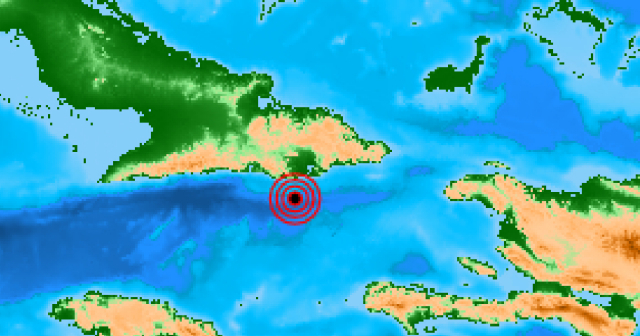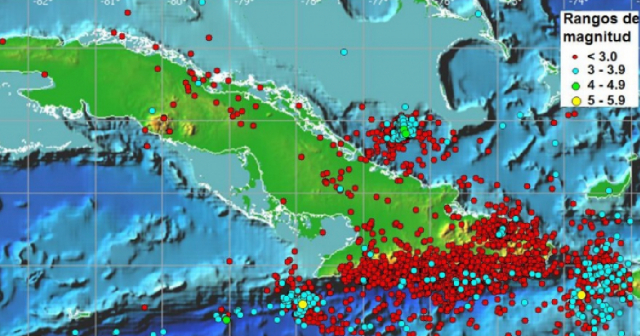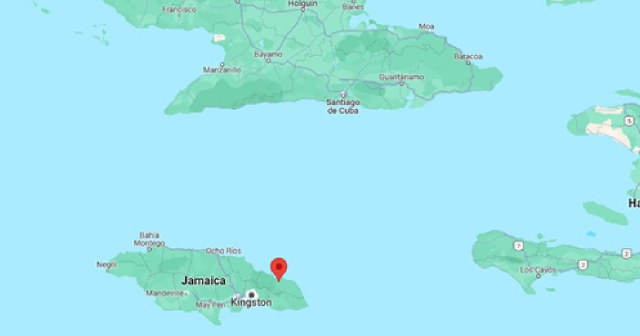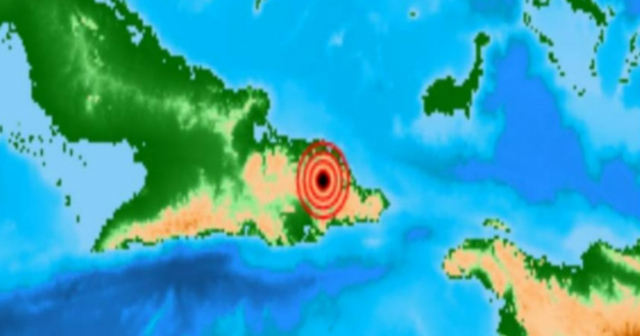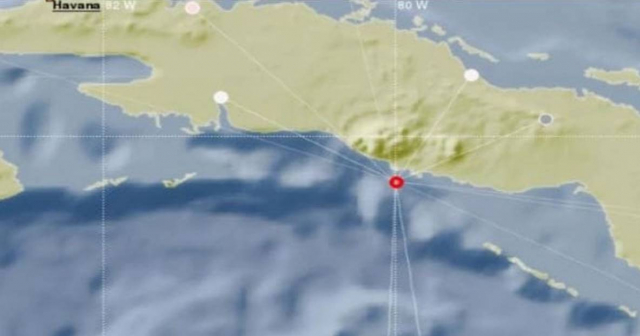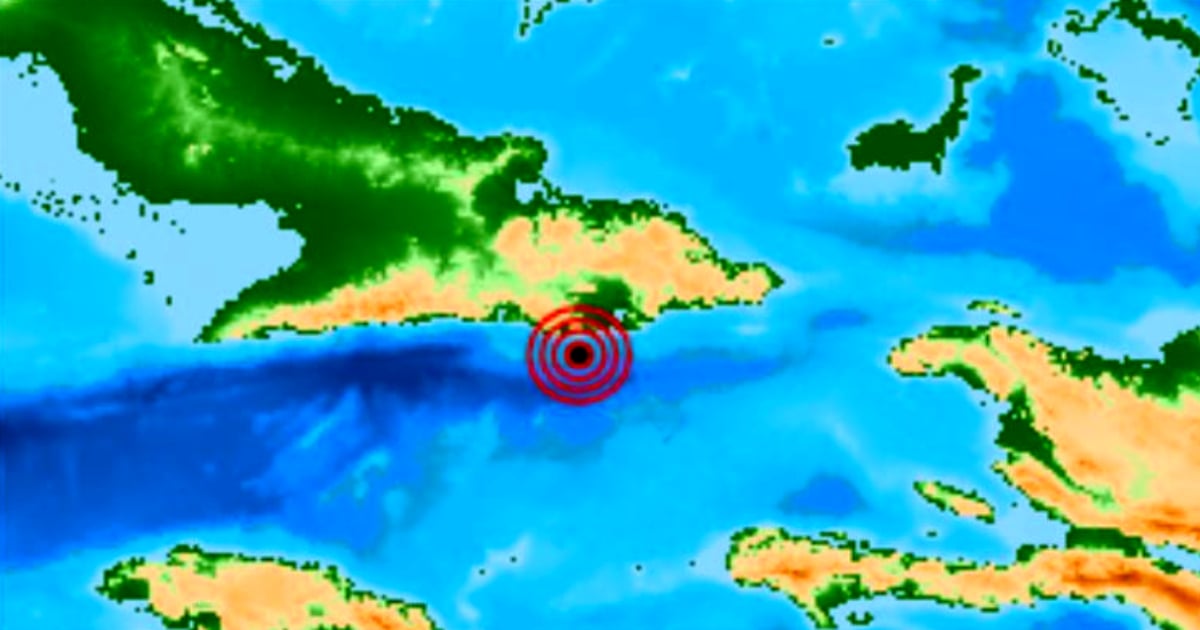
Andearthquake of small magnitude was noticeable this Monday in the provinces ofGuantanamo andSantiago de Cuba, without any material or human damage being reported.
This was reported by the network of stations of the Cuban National Seismological Service, which reported the event as “perceptible” at 12:55 a.m., local time.
The earthquake was “located at coordinates 19.75 degrees north latitude and 75.37 degrees west longitude, at a depth of 20.0 km and with a magnitude of 3.4 degrees on the Richter scale, located 33.0 km south of Niceto Pérez in the province of Guantanamo.”
“So far, reports of perceptibility have been received in Caimanera, in the province of Guantánamo and in the city of Santiago de Cuba,” indicated the National Center for Seismological Research (CENAIS) in astatement.
This is the third earthquake that has been perceptible in Cuba so far in 2024. The previous one was also recorded in the same area on March 23 at around 11:46 in the morning, when CENAIS confirmed that it was perceptible in Caimanera and several locations in Santiago de Cuba.
In 2023, CENAISrecorded 14 perceptible earthquakes on the Island, most of them located in theEastern Cuba.
In total, 7,475 earthquakes were recorded last year, but only 14 were perceptible, without any exceeding grade III intensity on the EMS/98 scale.
Recently, CENAIS presenteda map compiling the epicenters of detected earthquakes by the network of Cuban seismological stations from January 1998 to February 2024, highlighting the portions where the probability of telluric movements is denser and higher in a seismically active country.
Cuban experts consulted highlighted that despite their low magnitude and low perceptibility, their monitoring is important, as they can cause fractures in rigid structures and over time generate more serious problems.
The specialists, with several years of research under their belt, identified the regions Trinchera de Caimán, Maisí-Paso de los Vientos, Moa, Sibanicú, NE of Las Tunas, Trinidad and Candelaria as nodes of high earthquake density; These are characterized by low magnitude earthquakes, revealed by the number of seismometers installed in the area.
According to the maximum intensities of historical earthquakes, several regions with higher danger indices are distinguished. Varadero, Jagüey Grande, Esmeralda and Moa are followed by Artemisa, Remedios, Caibarién, Manzanillo, Pilón, Bayamo, Gibara and Baracoa to finish with the highest strength in the Santiago de Cuba region.
According to CENAIS, the areas identified as having seismic risk in the Greater Antilles must adopt a series of recommendations, as well as an updated study of the vulnerabilities of architectural and urban infrastructure, in order to establish a risk reduction plan. It is essential to reinforce schools, hospitals, public buildings, lodgings and multi-family homes.
What do you think?
COMMENTFiled in:

